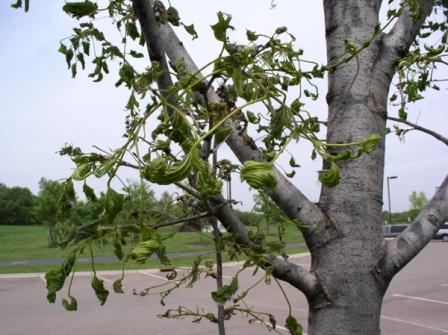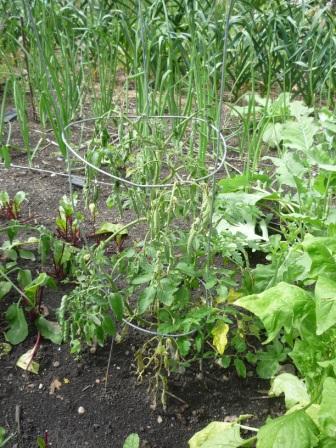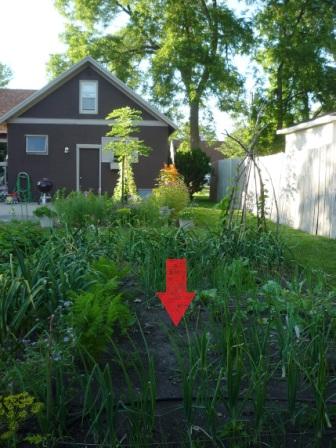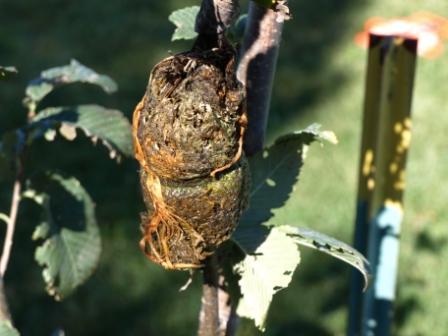As a third grader I distinctly remember my teacher telling our class about how it was bad to smoke because the smoke would make your lungs filthy. She used her aunt as an example. It seems that this aunt was a heavy smoker. One day this aunt was eating popcorn and accidently inhaled a piece. About 6 months or so after she inhaled it she coughed it up and it looked like a little piece of tar. Funny how some stories stay with you.
The interesting thing to me is that my third grade teacher’s aunt isn’t the only one who has inhaled a seed, and that the inhilation of the seed needen’t mean curtains for the plant. Recently a gentleman inhaled a pea (or bean, the exact type of plant still appears to be a bit up in the air — ) which sprouted in his lung http://pagingdrgupta.blogs.cnn.com/2010/08/13/plant-sprouts-in-mans-lung/?iref=NS1http://pagingdrgupta.blogs.cnn.com/2010/08/13/plant-sprouts-in-mans-lung/?iref=NS1 and last year there was a gentleman from Russia who apparently had a fir growing in his lung (though it seems more likely that the man actually inhaled the tip of a more mature tree — too much vodka? — My question is whether there were roots, and if so, does that make this a novel way to root a fir cutting?) http://www.dailymail.co.uk/news/worldnews/article-1169861/Shocked-Russian-surgeons-open-man-thought-tumour–FIR-TREE-inside-lung.html
After doing a quick search I also found a case where a child had a germinating seed of an apple in his lung, a case where a germinating bean caused a young girls right lung to collapse. And, apparently, both children and adults inhale grass seeds now and again though I couldn’t find much information on how frequently these seeds actually germinate in the lungs.
I wonder, is this the beginning of an interesting coevolution between plants and people? Could a plant evolve so that the seeds were inhaled by humans, grew in our lungs, and then, later were expelled to be inhaled by other humans? Just a random thought on a slow Thursday.






